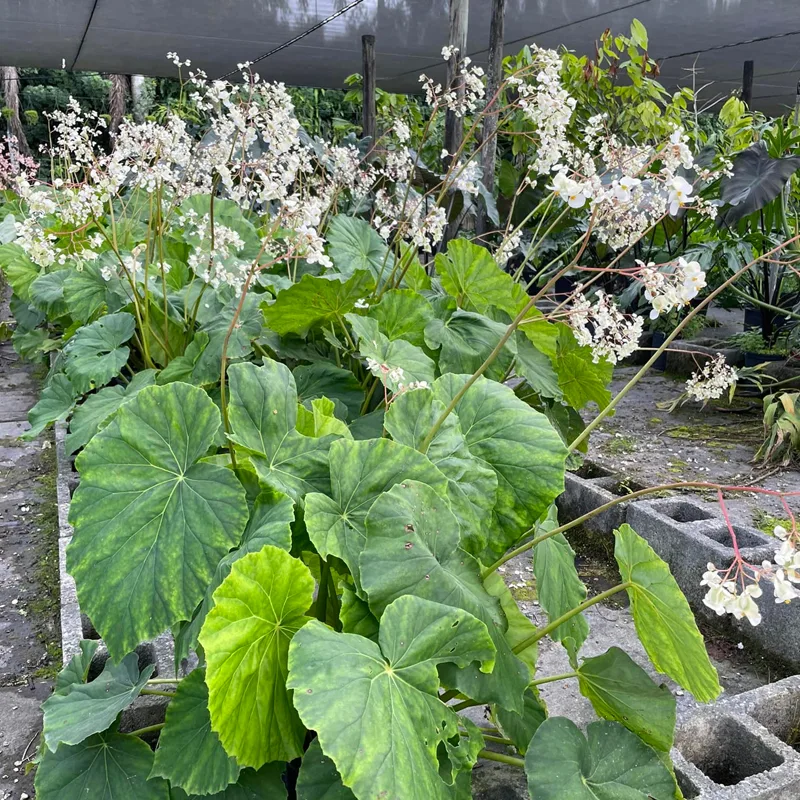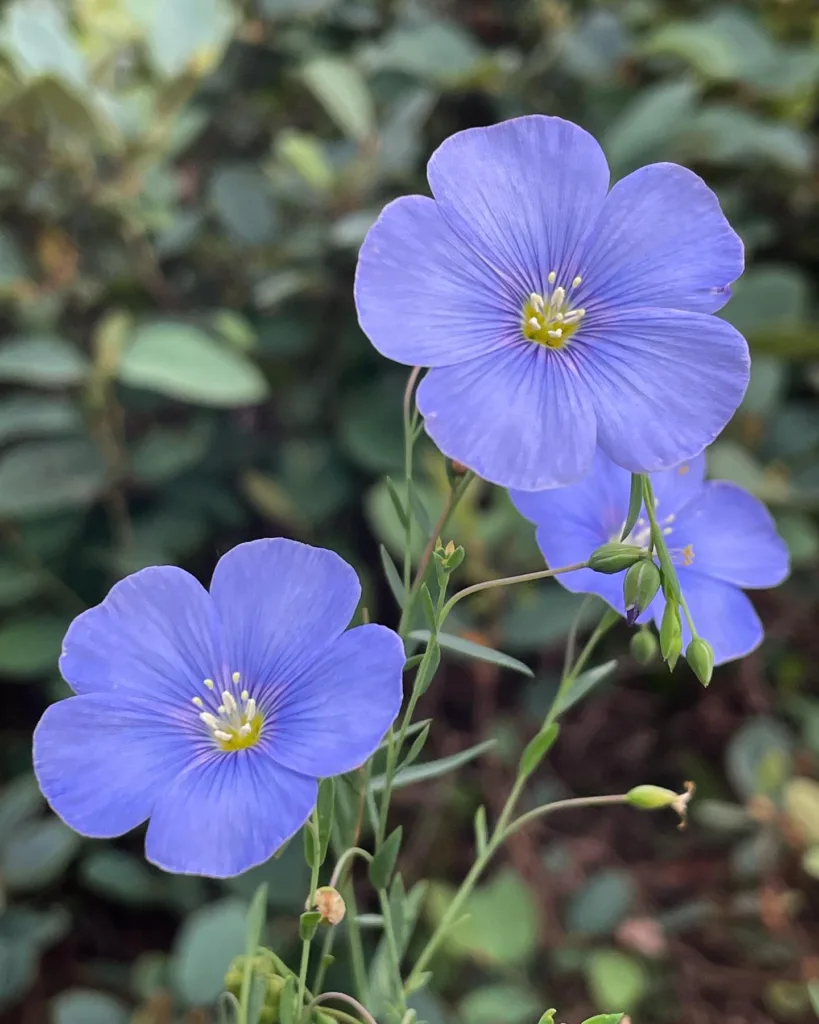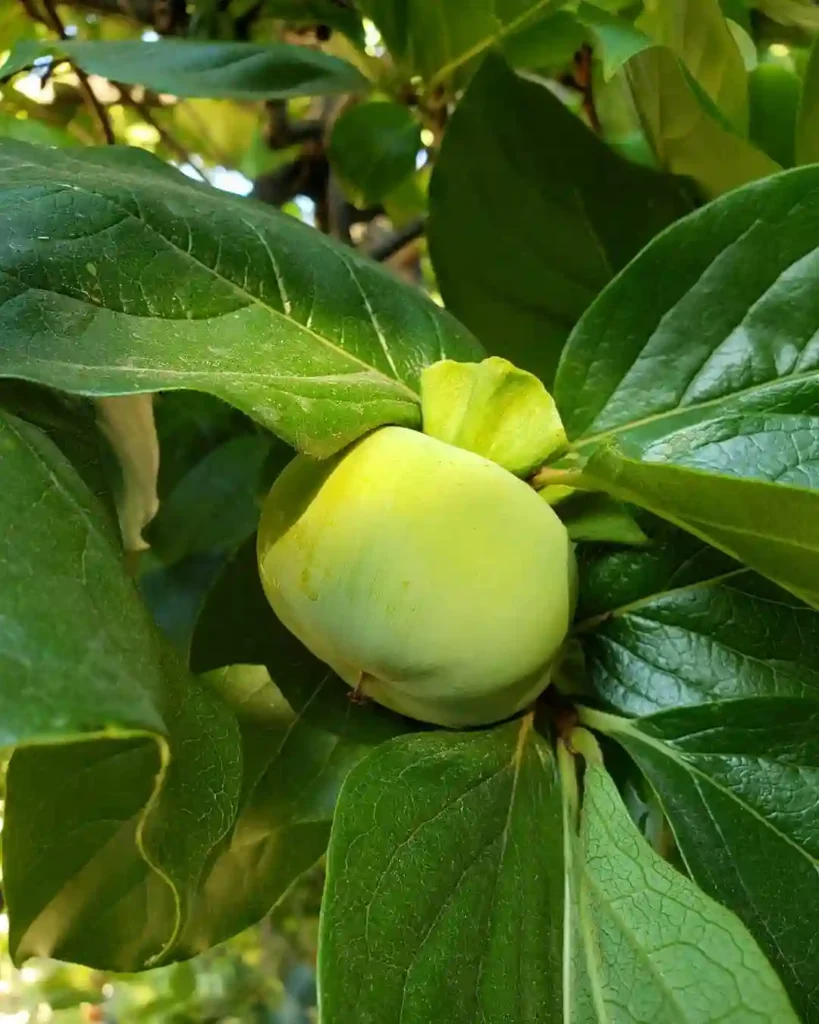What Is Lobelia Inflata?
Lobelia Inflata, commonly known as Indian Tobacco, is a perennial herb native to North America. It’s recognized for its small, tubular blue flowers and its distinctive, inflated seed pods. Traditionally, this plant has been used in various herbal remedies and is known for its medicinal properties. Its scientific name, “Inflata,” refers to the balloon-like shape of its seed pods.
443 Species in Genus Lobelia
What Is Lobelia Inflata Used For?
Lobelia Inflata has a range of uses in herbal medicine. Historically, it’s been used to treat respiratory conditions such as asthma and bronchitis. It acts as an expectorant, helping to loosen mucus in the lungs. Additionally, it’s known for its use in smoking cessation, as it can potentially help reduce cravings and withdrawal symptoms.
Where to Buy Lobelia Inflata?
You can purchase Lobelia Inflata from various sources. Herbal shops, online retailers specializing in herbal remedies, and even some health food stores carry it. Always make sure to buy from reputable sources to ensure the quality and authenticity of the product.
Can You Chew Lobelia Inflata?
Chewing Lobelia Inflata is not a common practice and is generally not recommended. The plant contains potent alkaloids that can be toxic if ingested in large amounts. The most common way to use Lobelia Inflata is through tinctures, teas, or capsules, following recommended dosages.
Does Lobelia Inflata Grow in Kentucky?
Yes, Lobelia Inflata does grow in Kentucky. It is native to various parts of North America, including Kentucky’s natural habitats. It thrives in well-drained soils and can often be found in fields and meadows.
Does Lobelia Inflata Have Nicotine?
No, Lobelia Inflata does not contain nicotine. However, it does contain lobeline, an alkaloid that has a similar effect on the body as nicotine. Lobeline can influence the nervous system and has been studied for its potential in helping with smoking cessation.
Does Lobelia Inflata Work?
The effectiveness of Lobelia Inflata can vary from person to person. Some studies and anecdotal evidence suggest it may help with respiratory issues and smoking cessation. However, it’s important to use it under the guidance of a healthcare professional, as it can be toxic in high doses.
How to Grow Lobelia Inflata?
Growing Lobelia Inflata requires a few specific conditions. It prefers full sun to partial shade and well-drained soil. Start seeds indoors 6-8 weeks before the last frost, or sow them directly into the garden after the danger of frost has passed. The plant needs regular watering but avoid waterlogging. It can be a bit finicky, so monitor soil moisture and temperature closely.
How to Make a Lobelia Inflata Tincture?
Making a Lobelia Inflata tincture involves a simple process. First, gather dried Lobelia Inflata leaves and place them in a jar. Cover the leaves with a high-proof alcohol like vodka, ensuring they are fully submerged. Seal the jar and let it sit in a dark, cool place for 2-4 weeks, shaking it daily. After this period, strain the liquid through a cheesecloth or fine strainer, and store the tincture in a dark glass bottle.
How to Use Lobelia Inflata to Quit Smoking?
Using Lobelia Inflata for smoking cessation can be done through tinctures or capsules. Start with a low dose and gradually increase it, as recommended by a healthcare professional. The idea is to help manage withdrawal symptoms and reduce cravings. Remember, it’s not a substitute for a comprehensive smoking cessation plan and should be used in conjunction with other strategies.
Is Lobelia Inflata Addictive?
Lobelia Inflata is not considered addictive. Unlike nicotine, it does not create dependency. However, due to its potent effects, it’s important to use it as directed and under professional supervision to avoid potential side effects or toxicity.
Is Lobelia Inflata Legal?
The legality of Lobelia Inflata varies by location. In many places, it is legal and available as an herbal supplement. However, some jurisdictions may have restrictions or regulations regarding its sale and use. It’s best to check local regulations to ensure compliance.
What Insects Eat Lobelia Inflata?
Lobelia Inflata can be susceptible to various insects, including aphids and caterpillars. One specific pest that feeds on it is the hornworm. Keeping an eye on your plants and managing pests through natural or chemical means can help protect them.
When to Transplant Lobelia Inflata?
Transplant Lobelia Inflata in the spring or fall, when the plant is dormant or just starting its growth cycle. Choose a new location with similar growing conditions and gently move the plant, taking care to preserve the root system.
Which Hornworm Eats Lobelia Inflata?
The hornworm that commonly feeds on Lobelia Inflata is the Tomato Hornworm. These pests can cause significant damage to your plants, so it’s essential to monitor your garden regularly and take action if you spot them.
How to Care for Lobelia Inflata?
Caring for Lobelia Inflata involves regular watering, especially during dry spells, and ensuring it has adequate sunlight. Keep the soil well-drained and provide occasional fertilization to promote healthy growth. Remove any dead or diseased plant material to maintain plant health.
How to Propagate Lobelia Inflata?
Propagating Lobelia Inflata can be done through seeds or by dividing mature plants. For seed propagation, start seeds indoors or directly sow them in the garden. For division, carefully separate established plants and replant them in new locations.
What to Plant With Lobelia Inflata?
Lobelia Inflata can be planted alongside other herbs and flowering plants. It pairs well with plants that have similar growing requirements, such as Echinacea or Rudbeckia. This can create a diverse and attractive garden space.
Can You Grow Lobelia Inflata Indoors?
Growing Lobelia Inflata indoors is possible but challenging. It requires a lot of light and proper temperature control. Using grow lights and maintaining a consistent environment can help achieve successful indoor growth.
Is Lobelia Inflata Toxic?
Lobelia Inflata can be toxic if consumed in large amounts. It contains lobeline, which can cause nausea, vomiting, and other adverse effects. It’s important to use it in moderation and follow recommended dosages to avoid toxicity.
Benefits of Lobelia Inflata
Lobelia Inflata offers several potential benefits, including support for respiratory health and aid in smoking cessation. Its traditional use in herbal medicine highlights its versatility and effectiveness when used correctly.
Common Problems with Lobelia Inflata
Common problems with Lobelia Inflata include susceptibility to pests and diseases, such as aphids and fungal infections. Regular monitoring and proper care can help mitigate these issues and keep your plants healthy.
Compare with Other Similar Plants
Lobelia Inflata is often compared with other herbs used for respiratory health, such as Lobelia Cardinalis and Lobelia Erinus. While they share some similarities, each has unique properties and uses. Lobelia Inflata is particularly noted for its historical use in smoking cessation, whereas others may be more focused on different aspects of respiratory health.
By understanding these FAQs and incorporating Lobelia Inflata into your herbal practices, you can make informed decisions about its use and care.
If i die, water my plants!



